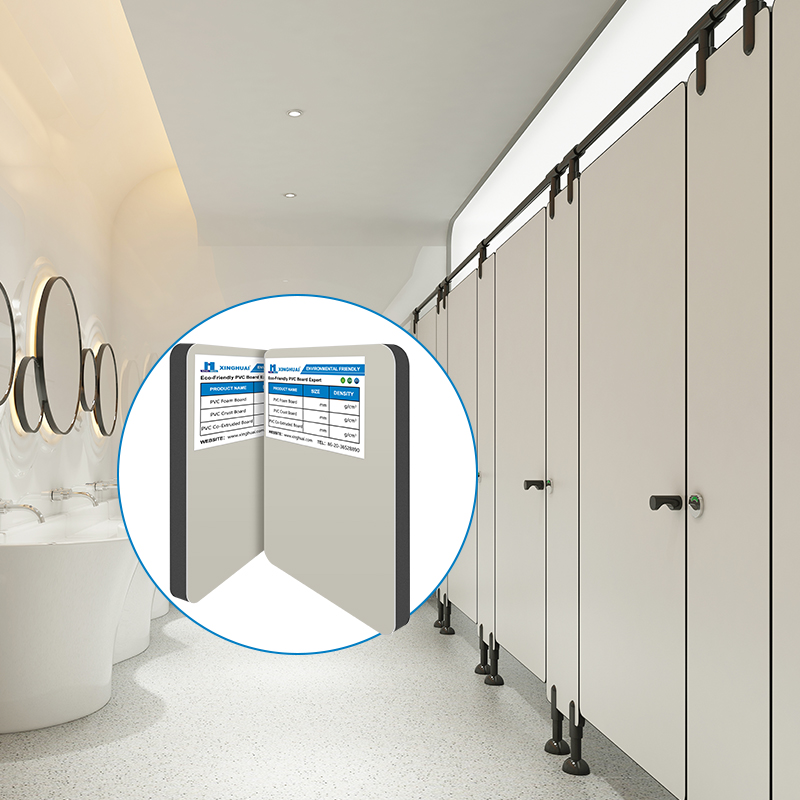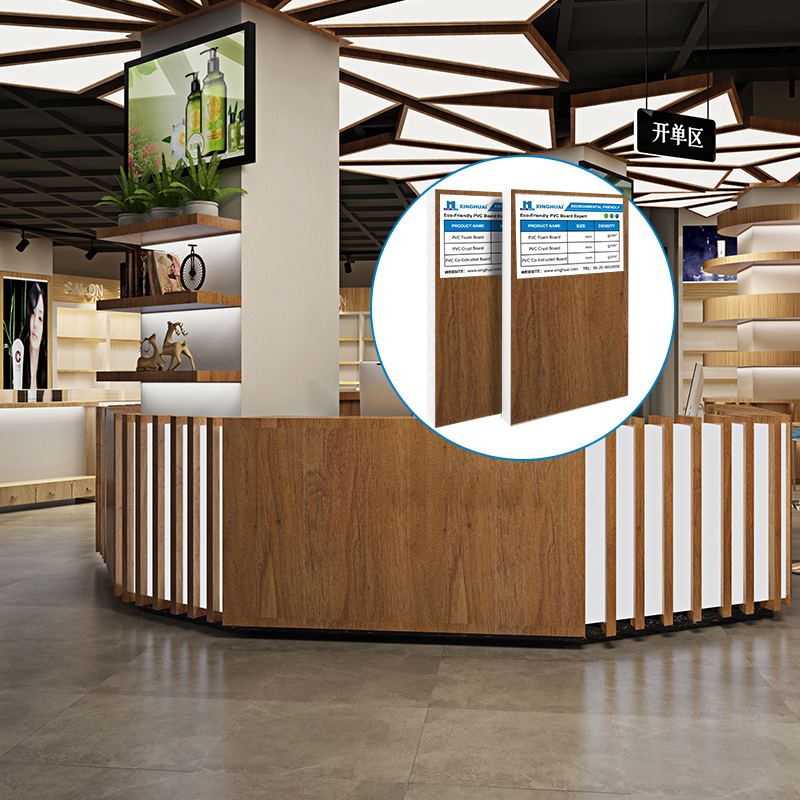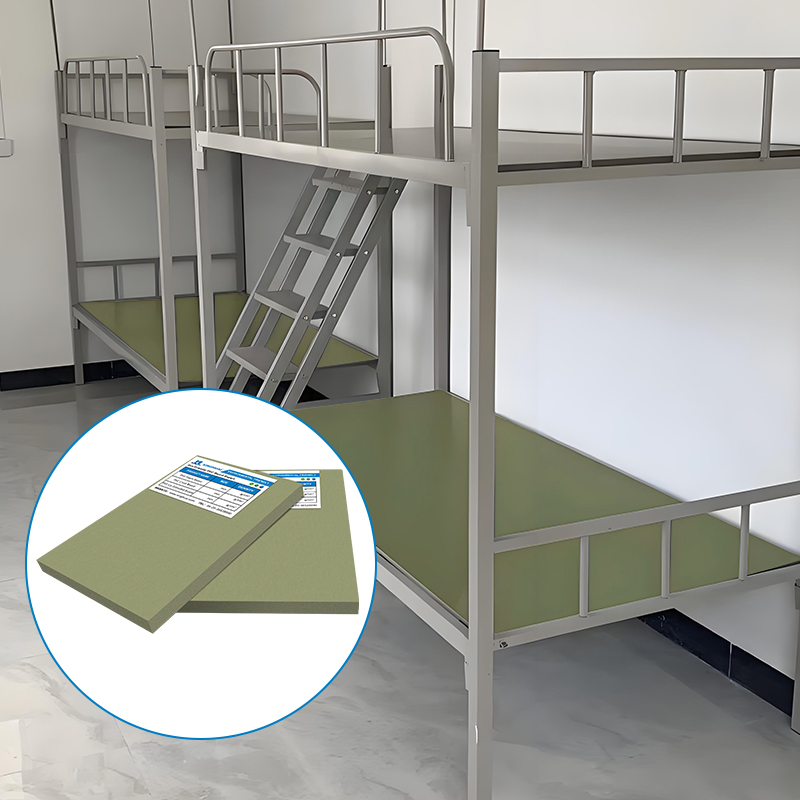How Can the Surface of PVC Board Be Treated to Prevent Slipping?
Understanding the Slipperiness of PVC Boards
Effective Surface Treatments for Anti-Slip Properties
1. Texturing the Surface
Embossing During Production: Many manufacturers offer PVC expanded foam board with pre-embossed patterns, such as diamond plates, white foam pvc grid lines, or wood grain textures. These textures are integrated into the material during production, ensuring durability and consistency. For example, PVC expanded foam board sheets with a diamond emboss are often used in flooring applications, as the pattern creates friction against footwear.
Post-Installation Texturing: If the PVC board is already installed, the surface can be treated with abrasive materials or tools. Light sanding with coarse-grit sandpaper can create a subtle texture on white foam PVC or smooth PVC partition boards, though care must be taken not to damage the material. Alternatively, using a rotary tool with a textured bit can etch small grooves or patterns into the surface, enhancing grip without compromising structural integrity.
2. Applying Anti-Slip Coatings
Paint-Based Anti-Slip Coatings: Water-based or epoxy paints with added aggregates (such as silica sand or aluminum oxide) can be applied to PVC expanded foam board sheets or PVC partition boards. For instance, a bathroom featuring white foam PVC wall panels can be treated with a clear anti-slip paint containing fine sand, which adds traction without altering the board’s appearance.
Adhesive Anti-Slip Films or Tapes: Pre-made anti-slip films or tapes, often made of rubber or vinyl with a gritty texture, can be applied to the PVC surface. This is a quick and cost-effective solution for existing installations, such as PVC partition board installation in commercial spaces. These films are available in various colors and patterns, allowing them to blend with the board’s design, even on white foam PVC surfaces.
3. Using Embedded Grit or Aggregates
Integrated Aggregates in Foam Boards: Some PVC expanded foam board products are manufactured with small abrasive particles embedded in the surface layer. This is particularly common in PVC expanded foam board sheets designed for flooring or outdoor use, where slip resistance is critical. The aggregates provide constant friction, making the boards suitable for high-traffic areas.
Sprinkling Grit During Coating Application: When applying a paint or adhesive coating to PVC partition boards or white foam PVC, sprinkling fine grit (such as quartz or marble dust) onto the wet coating can create a textured surface. Once the coating dries, the grit is locked in place, providing long-lasting anti-slip properties. This method is often used in industrial settings or for PVC partition board installation in areas prone to spills or moisture.
4. Surface Modification Techniques
Plasma Treatment: Plasma technology can be used to etch the surface of PVC expanded foam board sheets, creating micro-roughness without damaging the material. This process is often used in industrial applications to enhance the adhesion of coatings or to modify the surface texture for specific needs, such as anti-slip properties in PVC partition boards.
Flame Texturing: Careful application of a flame to the PVC surface can slightly melt and roughen it, creating a non-slip texture. This method requires expertise to avoid overheating or warping the board, but it can be effective for small areas or custom white foam PVC projects.
Applying Anti-Slip Treatments to Specific PVC Board Types
PVC Expanded Foam Board Sheets
White Foam PVC
PVC Partition Board
Maintenance and Longevity of Anti-Slip Treatments
Regular Cleaning: Use mild detergents and soft brushes to clean treated surfaces, avoiding harsh chemicals that could degrade coatings or textures. This is particularly important for white foam PVC, which may show stains more easily.
Reapplication of Coatings: Over time, coatings like paints or adhesives may wear down, especially in high-traffic areas. Periodically inspecting PVC expanded foam board sheets or PVC partition boards and reapplying coatings as needed will maintain their anti-slip properties.
Avoiding Excessive Wear: Try to prevent heavy machinery or sharp objects from scraping the treated surface, as this can damage textures or coatings. In industrial settings, using protective mats over treated PVC expanded foam board sheets can extend their lifespan.




